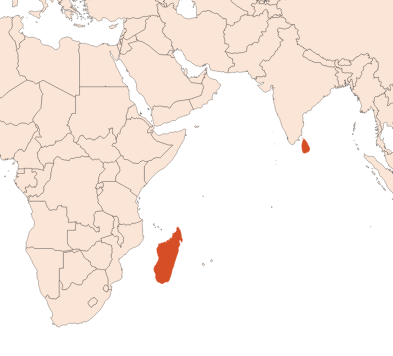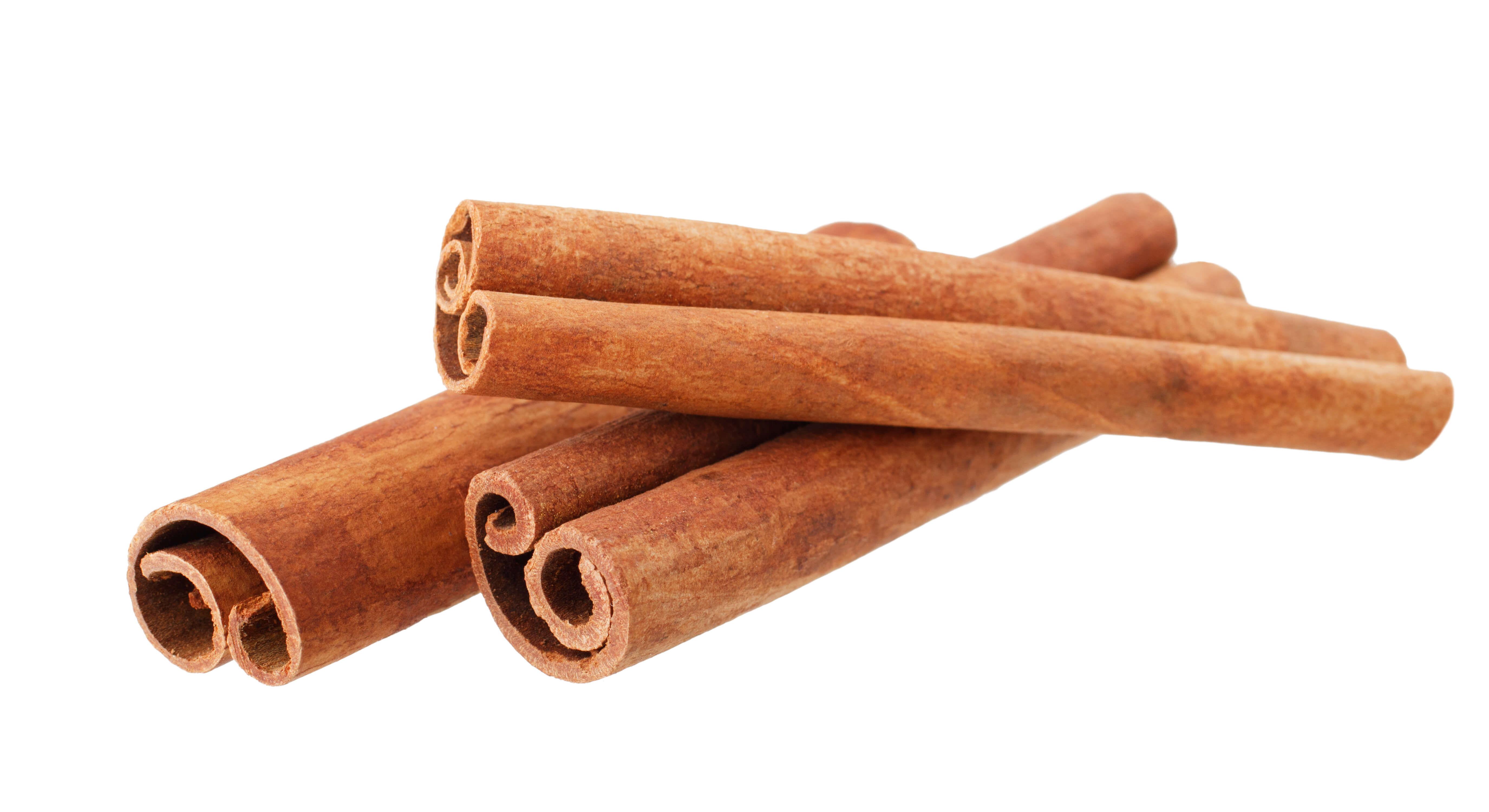| Company | Ingredient Name | ID | Comments | Naturality | Certifications | Purity | Latin name | Treated part | Geographical origin | MOQ |
|---|---|---|---|---|---|---|---|---|---|---|
|
|
Huile essentielle de Cannelle Ecorces - 30 gr | - |
Visit website
|
- | - | - | - | - | - | |
|
|
CINNAMON Rectified Essential Oil | M_0058821 |
Visit website
|
Naturel | - | - | - | - | - | |
|
|
CINNAMON LEAF EO | 4410000028 |
Visit website
|
Naturel | - | - | - | - | - | |
|
|
CANNELIER | N225 |
Visit website
|
Huile essentielle |

|
- | Cinnamomum verum J.Presl | Rameau | Madagascar | - |
|
|
CANNELIER | B225 |
Visit website
|
Huile essentielle |

|
- | Cinnamomum verum J.Presl | Rameau | Madagascar | - |
General Presentation
-
CAS N° : 8015-91-6
-
EINECS number : 84649-98-9
-
FEMA number : 2292
-
Appearance : Colorless liquid
-
Density : 1,037 - 1,053 @20°C
-
Volatility : Heart/Base
-
Price Range : €€
Physico-chemical properties
-
Optical rotation : Donnée indisponible
-
Vapor pressure : Donnée indisponible
-
Refractive Index @20°C : Donnée indisponible
-
Acid Value :
-
Flash Point :
Uses
Uses in perfumery :
Useful in spicy notes and as a modifier in amber perfumes.
Major Components :
- Eugenol (70 - 83%)
- Benzyl benzoate (2 - 4%)
- Cinnamyl acetate (1,1 - 1,8%)
- Cinnamaldehyde (0,8 - 1,5%)
- Eugenyl acetate (1,3 - 3%)
- Safrole (≈1%)

Photo credits: ScenTree SAS
Botanical name :
zeylanicum
Botanical profile :
The cinnamon tree is a tree of the Lauraceae family and the Cinnamomum genus.
Chemotypes :
There are more than 250 species of cinnamon trees throughout Southeast Asia, China and Australia. The perfume industry generally uses only two of those varieties of cinnamon:
Cinnamomum zeylanicum : Ceylon cinnamon EO. Leaves are extracted.
Cinnamomum cassia : Chinese cinnamon or Cassia EO. Leaves from this tree are not extracted for perfumery.
We can also distinguish Cinnamomum burmanni : Korintje cassia SFE and Cinnamomum tamala : Indian cinnamon, much less cultivated.
The difference between the two types of cinnamon lies in the way they are dried. Cassia dries forming two spirals, whereas Ceylon cinnamon forms thin layers of wood which crumble easily. The chinese variety is also darker and harder. Ceylon cinnamon has a more zesty and terpenic smell than the Chinese cinnamon, which contains more Cinnamaldehyde.
Extraction process :
The cinnamon tree is up to seven meters tall. Several parts of this tree can be extracted to obtain essential oils. When dried, the bark gives the commonly used cinnamon sticks and the leaves measures seven to eighteen centimetres long.
The leaves and the bark are mature 12 to 18 months after the preceding harvest. From red to dark green, the colour of the leaves indicates the cinnamon maturity. The culture often takes place in May and November. The leaves are collected by cutting the twigs off the tree and separating the leaves from the branches. The leaves are ground and dried before they are extracted by steam distillation.
About 1 hectare of cinnamon forest allows to cultivate 1 ton of leaves, offering a yield of 2.5 to 3 kg of essential oil (extraction yield: 0.3%).
Other comments :
The smell of the leaf is different from the bark as it is closer to clove (high rate of Eugenol) than cinnamon.
Its essential oil is one of the precursors of the extraction of natural Eugenol, which can be used for the synthesis of Vanillin.
The essential oil of cinnamon leaf is less expensive than the cinnamon bark one.
Cinnamon roots can also be extracted. Their essential oil is more camphorated, earthy and floral.
Stability :
Aromatic compounds can be chromophoric and cause a coloration of the oil, especially in alkaline bases
Regulations & IFRA
Allergens :
This ingredient is classified as an allergen under European Regulation 2023/1545, dated August 26, 2023.
Its presence must therefore be declared on product labels when it exceeds 0.001% in leave-on products and 0.01% in rinse-off products.
IFRA 51th :
This ingredient is restricted by the 51th amendment
Annexe I :
Some regulated synthetic ingredients are found in nature and in certain proportions in natural ingredients. This presence in nature has to be taken into account when calculating limits of use recommended by the IFRA. In case you do not know these concentrations, you can use the ones estimated by the IFRA. Here they are :
| List of regulated compounds contained in this ingredient | ||
|---|---|---|
| Regulated ingredient name | CAS N° | Estimated Concentration |
| Cinnamic alcohol | 104-54-1 | 1,1 |
| Cinnamic alcohol | 104-54-1 | 0,3 |
| Cinnamic aldehyde | 104-55-2 | 77,5 |
| Cinnamic aldehyde | 104-55-2 | 75 |
| Cinnamic aldehyde | 104-55-2 | 1,5 |
| Benzaldehyde | 100-52-7 | 0,1 |
| Benzaldehyde | 100-52-7 | 0,2 |
| Benzaldehyde | 100-52-7 | 0,16 |
| Coumarin | 91-64-5 | 0,1 |
| Coumarin | 91-64-5 | 0,6 |
| Coumarin | 91-64-5 | 0,3 |
| Eugenol | 97-53-0 | 2,5 |
| Eugenol | 97-53-0 | 2 |
| Eugenol | 97-53-0 | 74 |
| Isoeugenol | 97-54-1 | 0,05 |
| Isoeugenol | 97-54-1 | 0,02 |
| Isoeugenol | 97-54-1 | 0,13 |
| Methyl eugenol | 93-15-2 | 0,01 |
| Benzyl benzoate | 120-51-4 | 1,8 |
| Benzyl benzoate | 120-51-4 | 0,6 |
| Benzyl benzoate | 120-51-4 | 3,5 |
| Farnesol | 4602-84-0 | 0,12 |
| Benzyl alcohol | 100-51-6 | 0,1 |
| o-Methoxycinnamaldehyde | 1504-74-1 | 0,5 |
| Safrole | 94-59-7 | 0,2 |
| Safrole | 94-59-7 | 1,2 |


